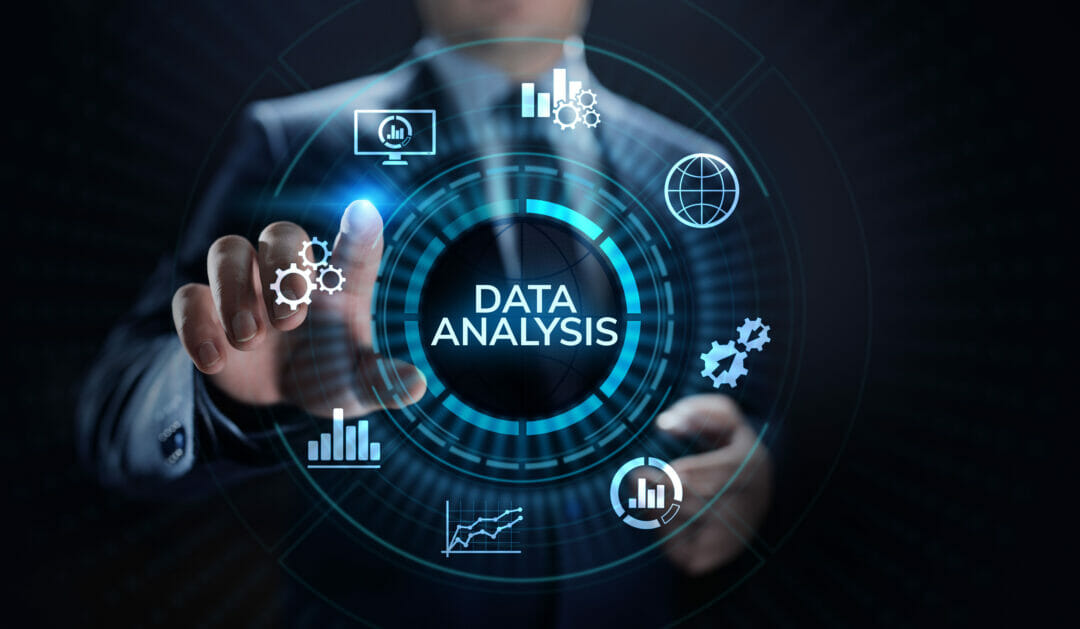Artificial intelligence (AI) is known to provide an array of benefits to businesses and sectors, from healthcare and financial services, to retail and logistics. But particularly, AI can help organisations to improve decision-making, through interpreting user data from such means as text/image analytics, and emotions analysis.
Michalis Michael, CEO of DigitalMR, went into more detail about how organisations can optimise analysis of user data, for better business decision-making.

Can data build a competitive advantage for businesses today?
Absolutely. In fact, we can use data – hard numbers like profitability, for example – to demonstrate that data driven businesses are often much more successful than those who do not use data for decision making.
Working on the basis of ‘gut feelings’ may have a place in business management, but it’s no replacement for the insights that data provide.
Hot topics and emerging trends in data science
How fast can the insights from user data be incorporated into a company’s product or service?
If the right processes are in place: instantly. Of course, not all insights are created equal, so some of the more complex kinds of insight will require a human expert to identify them.
With that caveat aside, there are now sophisticated automation and sharing technologies which can handle data collection, cleaning, annotation, visualisation, analysis, and insight discovery. With the help of online dashboards and alerts, these processes enable data to be easily shared with an organisation’s management and implemented swiftly.
Do 21st century businesses need a data and analytics strategy?
They certainly do. As I mentioned earlier, data is an increasingly essential tool for success in business, and the use of that data requires a certain amount of strategising. Businesses will need to decide, for example, what data to collect and how often. Data is all around us, so we need to be discerning about what to look for.
Not only do businesses need a strategy for what kind of data to collect (there is a huge variety of unstructured and alternative data to choose from, after all), but they will also need to decide which software tools and platforms are the most efficient and cost effective to collect the data, how they intend to add intelligence to the data, and – lest we forget – what kind of delivery mechanisms to employ.
What do you mean by alternative sources of data?
In the trading and investment sector, ‘alternative’ data means any kind of data that falls outside the traditional fundamentals of a listed company. Examples of this standard kind of data include revenue, profit and price/earnings ratios.
Alternative data, by contrast, is any other kind of information. Social sentiment gleaned from Tweets, app usage, and even satellite images are forms of alternative data – and they contain the potential for insight and foresight in the right hands.
Which companies are using alternative data, and how are they doing so?
While many companies can benefit from harnessing alternative data, those operating in the financial services sector – quantitative funds, discretionary funds, private equity funds, and similar entities – tend to gravitate towards the world of alternative data to discover “new alpha”.
More broadly, alternative data is useful to corporates that want to predict sales or purchase intent.
In those kinds of scenarios, companies can use KPIs from social intelligence. These can range from net sentiment scores to purchase intent posted on social media: alternative data sources that fall far beyond the interests of ‘traditional’ fundamentals, but which clearly have a huge bearing on companies interested in predicting the future stock price movements or actions of their prospective customers.
Looking beyond digital marketing
How fast does the relevance of user data depreciate?
The longevity of relevance can vary enormously – it all depends on the sector involved and on the type of data we’re talking about.
Suppose, for example, a company is interested in opinions expressed online about a big, long-standing topic like Brexit. In that case, I’d expect to see extremely slow depreciation as the issues rumble on. By contrast, gathering data on an advertising campaign sees very fast depreciation: in that scenario, the data is only as good as the most recent ad.
Sometimes, of course, the situation isn’t this clear-cut. Looking into social sentiment in order to predict stock price fluctuations, for example, can retain relevance for days or weeks depending on the ‘hype’ surrounding the stock.
Data relevance certainly can depreciate very quickly indeed – that’s why, as far as tracking customer data is concerned, it’s advisable to implement tracking on a daily or weekly basis.
What innovations in data analysis should we expect in the next decade and how will it improve our daily lives?
The analysis of unstructured data, including text, audio, images, and video, will soon become ubiquitous – engagement with this kind of data is swiftly changing from novelty to necessity.
As such, our voices as customers – as users of products and services – will always be heard and responded to.
There are two positive implications for this. Firstly, we will be able to directly impact product development in direct, concrete ways that will improve human lives.
Secondly, we’ll be able to monetise our own behavioural data and opinions. These changes in data analysis indicate a rise in the value of the data we put out into the world: it’s a precious resource and will likely be treated as such.







